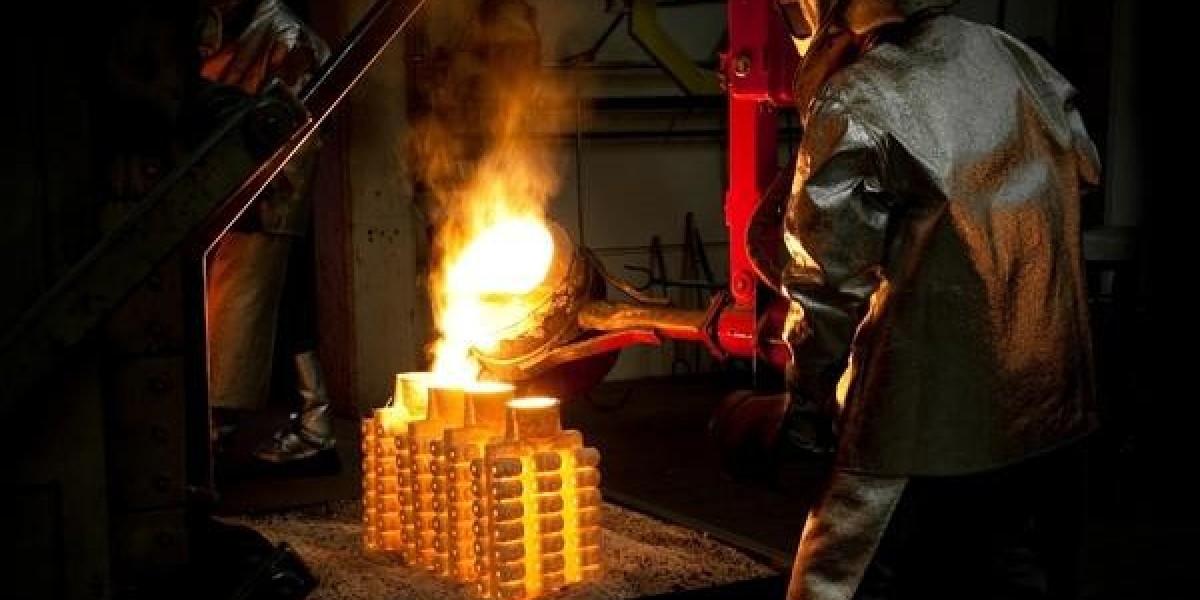Ductile iron castings are pivotal components in various industries, renowned for their exceptional strength, durability, and versatility. This comprehensive guide delves into the intricate process of creating ductile iron castings, highlighting its significance, manufacturing techniques, applications, and advantages.
Understanding Ductile Iron Castings: Ductile iron, also known as nodular cast iron, possesses remarkable mechanical properties, making it an ideal material for a myriad of industrial applications. Unlike traditional cast iron, ductile iron undergoes a specialized treatment process, involving the addition of nodularizing elements such as magnesium, which imparts flexibility and toughness to the material.
Manufacturing Process: The production of ductile iron castings involves several meticulous steps. Firstly, high-quality raw materials including iron, scrap metal, and alloying elements are melted in a furnace. Next, the molten metal undergoes inoculation to promote the formation of graphite nodules, crucial for enhancing ductility. The molten metal is then poured into molds, where it solidifies into the desired shape. After cooling, the casting is carefully extracted from the mold and subjected to rigorous quality control measures to ensure dimensional accuracy and structural integrity.
Applications: Ductile iron castings find extensive applications across diverse industries, ranging from automotive and construction to agriculture and mining. In the automotive sector, ductile iron components are utilized in engine blocks, crankshafts, and suspension systems due to their exceptional strength-to-weight ratio and wear resistance. Similarly, in construction, ductile iron pipes and fittings are favored for their durability and corrosion resistance, making them indispensable for water distribution and sewage systems.
Advantages of Ductile Iron Castings: The inherent properties of ductile iron castings confer numerous advantages over alternative materials. Ductile iron exhibits superior tensile strength, impact resistance, and fatigue properties, rendering it capable of withstanding harsh operating conditions. Additionally, ductile iron castings offer excellent machinability and weldability, facilitating ease of fabrication and assembly. Moreover, ductile iron's cost-effectiveness and long-term performance make it a preferred choice for engineers and designers seeking reliable and sustainable solutions.
Conclusion: Ductile iron castings represent a cornerstone in modern engineering and manufacturing, serving as indispensable components across a spectrum of industries. From its intricate manufacturing process to its myriad applications and inherent advantages, ductile iron continues to play a pivotal role in shaping the infrastructure and technological advancements of society. Embracing the principles of innovation and quality, ductile iron castings epitomize the fusion of tradition and progress in the realm of metallurgy and materials science.








